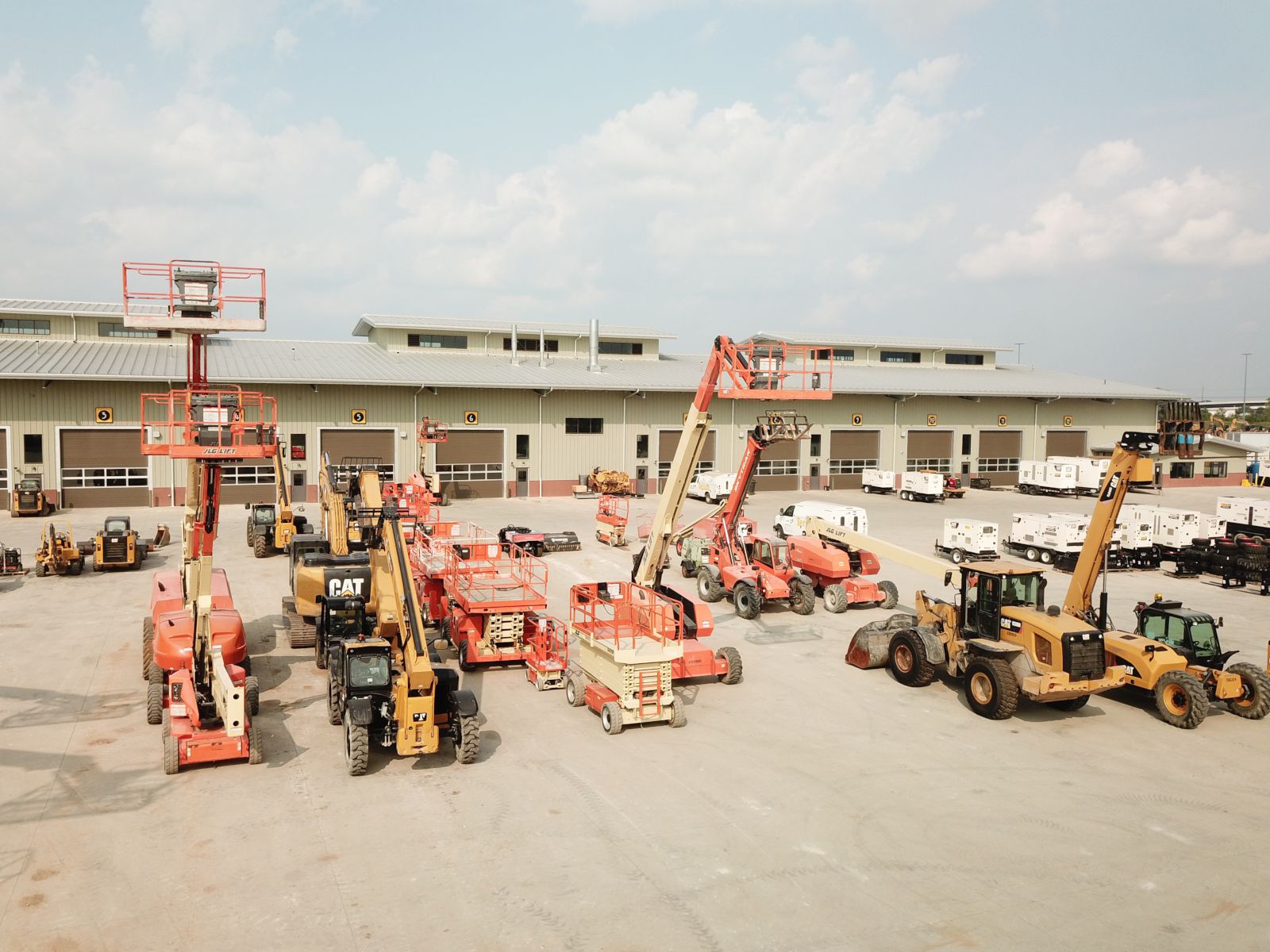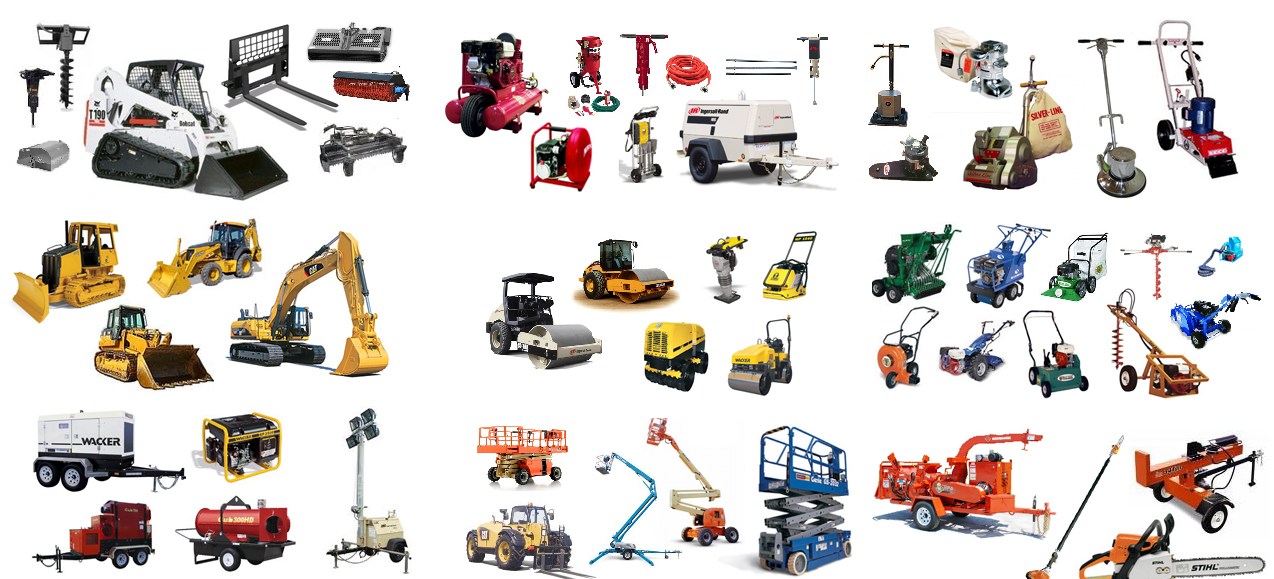Scissor Lift Rental: Safe and Efficient Lifting Solutions
Optimize Your Budget by Recognizing the Costs Related To Building Equipment Rentals
Understanding the full extent of prices linked with building and construction devices leasings is critical for optimizing your spending plan. While the first rental cost might seem uncomplicated, numerous extra expenditures-- such as transport, fuel additional charges, and maintenance-- can quickly collect, affecting your monetary planning. Additionally, understanding numerous charges and the intricacies of rental contracts can aid stay clear of unforeseen monetary worries. What strategies can be utilized to effectively manage these costs and ensure an extra effective rental experience?
Introduction of Rental Expenses
When considering construction equipment rentals, understanding the linked costs is vital for reliable budgeting and job preparation. Rental expenses can vary significantly based on numerous factors, consisting of equipment kind, duration of leasing, and location. The first rental charge frequently mirrors the devices's market demand and its associated functional abilities, influencing the general expense.
Along with the base rental rate, ancillary prices might arise, such as transportation charges, gas additional charges, and maintenance fees. It is vital to make up these extra expenditures to precisely assess the total expense of renting devices. Furthermore, the rental period can affect rates; longer services might certify for discounted prices, while temporary leasings may incur greater day-to-day costs.

Breakdown of Rental Prices
A thorough understanding of rental prices is vital for contractors and project supervisors aiming to optimize their spending plans. Rental rates for building equipment typically are composed of a number of components, consisting of base prices, time-based fees, and use costs.
Base rates are the core costs related to the rental of the equipment, commonly established by the type and size of the equipment. These rates can differ substantially, affected by elements such as devices demand, accessibility, and regional market trends. Time-based costs, which might be daily, weekly, or monthly, offer to accommodate various project timelines and rental durations.
Furthermore, rental prices might consist of use charges, which are appropriate when tools is used beyond a specified threshold, making certain that the rental company can make up wear and tear. Seasonal need changes can also influence rental rates, with peak construction seasons typically regulating higher costs.
In addition, comprehending the rental firm's plans relating to upkeep and insurance policy can offer additional understanding right into the overall cost structure. By assessing these components, service providers can make enlightened choices, making certain the selection of rental devices aligns with both project demands and budget constraints.
Additional Fees to Think About
Recognizing the ins and outs of extra charges is essential for contractors to manage their general rental expenditures properly. Past the basic rental prices, numerous supplemental fees can significantly influence the complete expense of tools service. These charges usually include delivery and pickup fees, which can differ based upon distance and logistics entailed in moving the devices to and from the job site.
Additionally, some rental business may enforce fuel surcharges if the devices is returned with much less gas than when rented. It is likewise vital to understand prospective cleaning fees, especially for specialized equipment that needs comprehensive maintenance after usage.

Thoroughly evaluating the rental arrangement and making clear these additional costs upfront can assist professionals make certain and avoid unforeseen costs that spending plans continue to be intact throughout the project lifecycle.
Upkeep and Repair Expenditures
Normal maintenance and repair expenditures are commonly neglected variables that can significantly affect the overall price of building and construction tools leasings. When renting out devices, navigate to this website it is important to think about not just the rental costs but likewise the possible prices related to maintaining the equipment in optimum operating condition.
Lots of rental firms consist of standard maintenance as component of the rental arrangement; nonetheless, a lot more unexpected breakdowns or comprehensive repair services can cause additional costs. It's necessary to review the rental contract carefully to recognize what upkeep services are covered and what responsibilities fall on the occupant.
Additionally, tools that is not well-maintained can bring about inadequacies on duty website, potentially triggering hold-ups and raising task costs. To minimize these dangers, it is advisable to carry out normal assessments and maintain open interaction with the rental copyright concerning any issues that occur during usage.
Insurance Coverage and Responsibility Prices
Insurance and responsibility expenses are essential elements that can substantially impact the general expense of building and construction tools rentals (aerial lift rental). These costs ensure that both the rental firm and the client are secured from potential monetary losses emerging from mishaps, damage, or theft during the rental duration

Additionally, customers need to understand any kind of deductibles or exemptions in the insurance coverage policy, as these can impact possible out-of-pocket costs. Understanding the terms and conditions of any insurance protection is essential to stay clear of unanticipated expenses. Ultimately, budgeting for insurance coverage and liability expenses can aid ensure a smoother rental experience and shield versus monetary threats related to building projects.
Final Thought
Finally, a comprehensive understanding of the expenses related to building and construction tools services is essential for effective spending plan monitoring. By examining rental rates, added charges, maintenance expenditures, and insurance coverage demands, companies and individuals can lessen unexpected expenditures. This tactical strategy not just improves cost-effectiveness however additionally makes sure that projects progress smoothly and efficiently. Inevitably, educated decision-making relating to tools leasings adds to the total success of building undertakings.
Rental prices can differ considerably based on several aspects, consisting Find Out More of equipment kind, period of service, and area (mini excavator rental). The rental period can influence rates; longer services might qualify for discounted rates, while temporary services could sustain greater daily costs
By performing extensive study and involving with trustworthy rental firms, professionals can properly browse the intricacies of rental prices, eventually maximizing their financial resources.
Beyond the conventional rental prices, different auxiliary charges can considerably impact the complete cost of equipment rental. Rental business usually provide responsibility insurance coverage that covers injuries to 3rd celebrations or damages to residential or commercial property, while equipment damages insurance policy can cover the cost of repairs or replacement heavy crane rental if the rented tools is harmed.